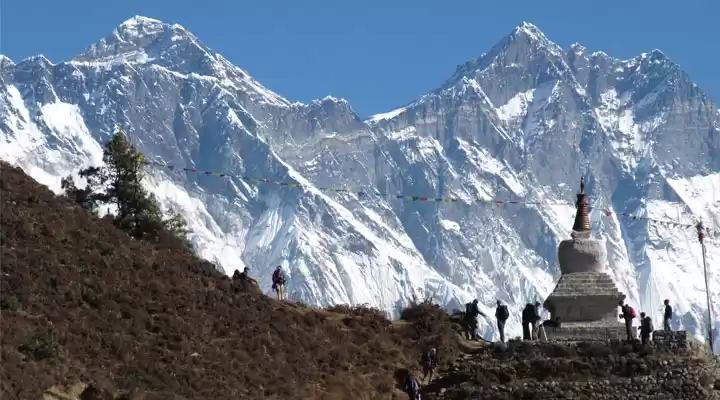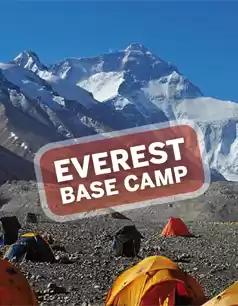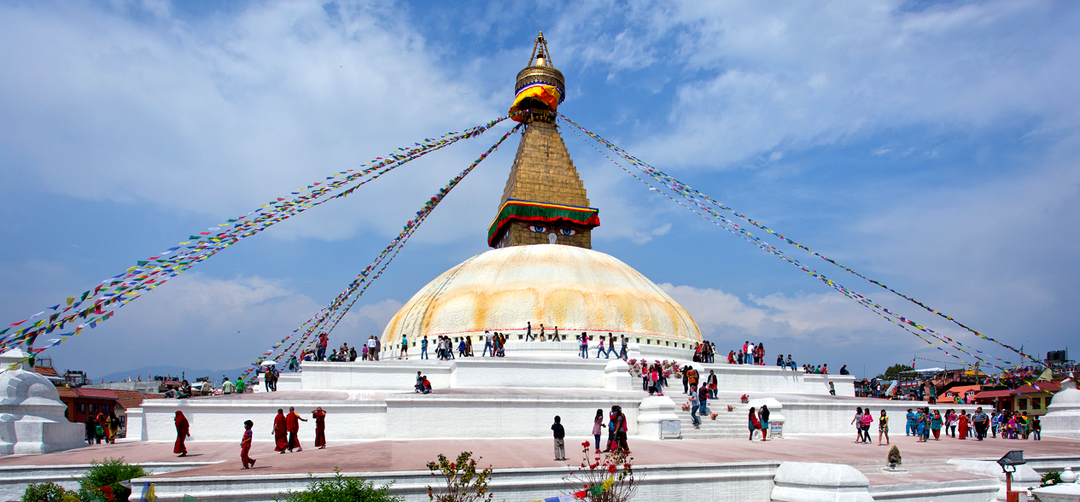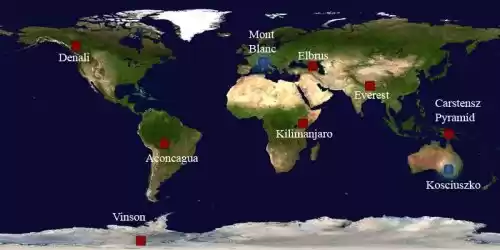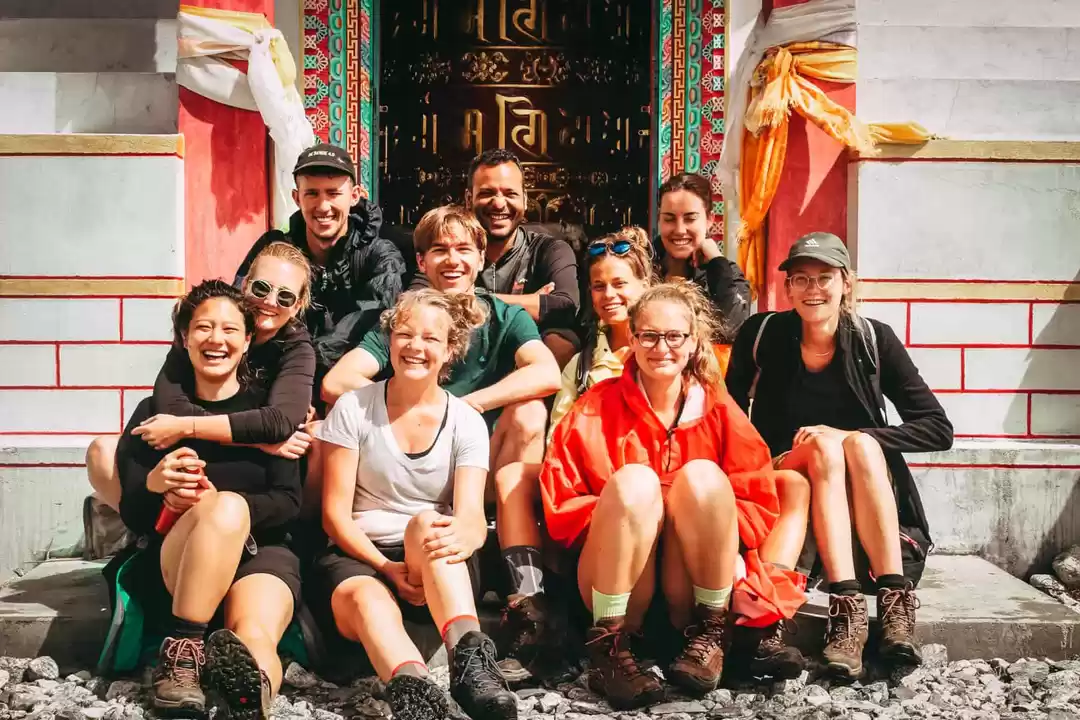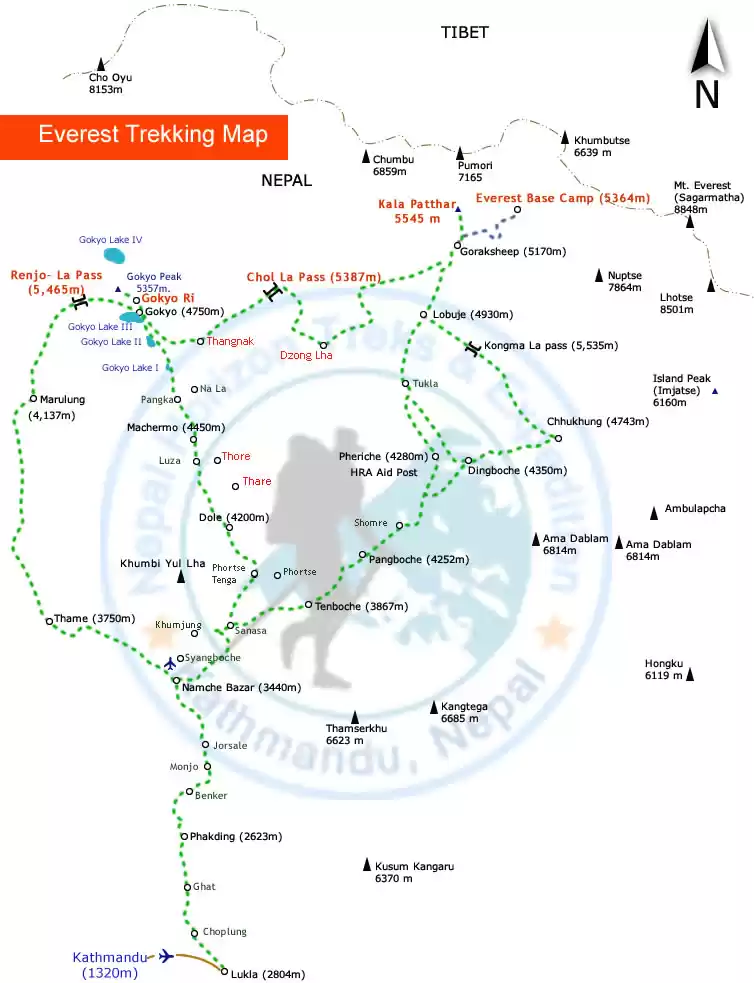We all have heard about the mighty Mount Everest which is the highest of the Himalayan mountains, and—at 8,849 meters (29,032 feet)—and considered the highest point on Earth. Located between Nepal and Tibet, climbing the Mount Everest is every mountain climbers dream.

Ever since Edmund Hillary and his Tibetan guide Tenzing Norway climbed the Everest in 1953, climbing Mount Everest has become a popular expedition for mountain climbers. However, it is a dangerous undertaking requiring a lot of experience, good health, money, equipment, and a trained Nepalese guide. The snow and ice on the mountain create deadly hazards like avalanches, and there is only a limited climbing season due to bad weather conditions.
However, with the new improvements in knowledge, technology, and the significant infrastructure provided by commercially guided expeditions it is easier to climb the Everest.
How many routes are available to the top?
Although 17 different routes have been pioneered to the summit of Everest, almost everyone climbs it via one of two routes. From Nepal there’s the Southeast Ridge, the line created by Tenzing Norgay and Edmund Hilary in 1953. From Tibet, there’s the North Ridge, where George Mallory disappeared in 1924 long before a Chinese team finally completed the climb in 1960.
Although experienced mountaineers say the overall difficulty of the two routes is comparable, the challenges are different. On the Southeast Ridge, mountaineers must race through the hazardous Khumbu Icefall, but it’s a slightly shorter summit day and easier to descend quickly in the event of an emergency. On the North Ridge, it’s possible to drive jeeps all the way to base camp, but mountaineers must traverse several kilometers of terrain above 27,000 feet to reach the summit.
There is now a good news for all the mountaineers- there is a new route available to climb, completely bypassing the treacherous Khumbu Icefall.
A seven member Nepali-French team led by Marc and Pasang Nuru Sherpa claimed they have explored an alternative route to avoid the treacherous Khumbu Icefall. They climbed the new route from November 15. The first phase trial lasted until November 21. They will be testing the route again in spring climbing season to assess the commercial feasibility.

Who is Marc?
70 year old Marc is born in Villeneuve-sur-Lot. He climbed Everest in the September 1988and reached the summit only in 22 hours and 29 minutes without using bottled oxygen, which earned him an entry in the Guinness Book of Records. The record stood unbroken for 10 years. He again achieved a second Everest summit success in 1990. If Marc succeeds, he would not only become the oldest climber to reach the world’s tallest peak without using supplementary oxygen but will also be a pioneer of the new route.
How was the new route climbed?
The team made Gorak Shep at 5,140 metres their base camp. They hiked through the Mt Nuptse ridge, the neighbouring mountain. The Nuptse (7,861m), Everest, and Lhotse (8,516m) are the Khumbu triple crown facing one another.
The new route follows a rocky spur below the flank of Mt Nuptse. The rocky spur, a vertical cliff, is a bit difficult. But after it is climbed, the route from there becomes easy to navigate.
Approximately, it takes seven hours to cover a distance of around 1,000 metres to reach a spot at 6,200 metres using the new route from Gorak Shep base, which adjoins Camp 1 at 6,065 metres just above the Icefall.

What will be required to make the new route commercially viable?
Stronger equipment and investment of 3,00,000 to 5,00,000 euros is required to permanently install metal hooks or rock pitons by drilling the rocky spur.
Marc wants to name the new route Sundare to pay homage to a late Sherpa guide who inspired him to climb Everest and break a speed record in 1988.
As per reports, Marc's mission is to save the lives of climbers and make the route commercially workable. According to Marc, out of around 1,000 metre-long trails, they have discovered only 700 metres. The remaining 300 metres was already in use. He plans two camps--one at 6,200 metres and another at 7,800 metres.
Think we missed out on something? Let us know in the comments section below. Or write about it here and earn Tripoto Credits!
















